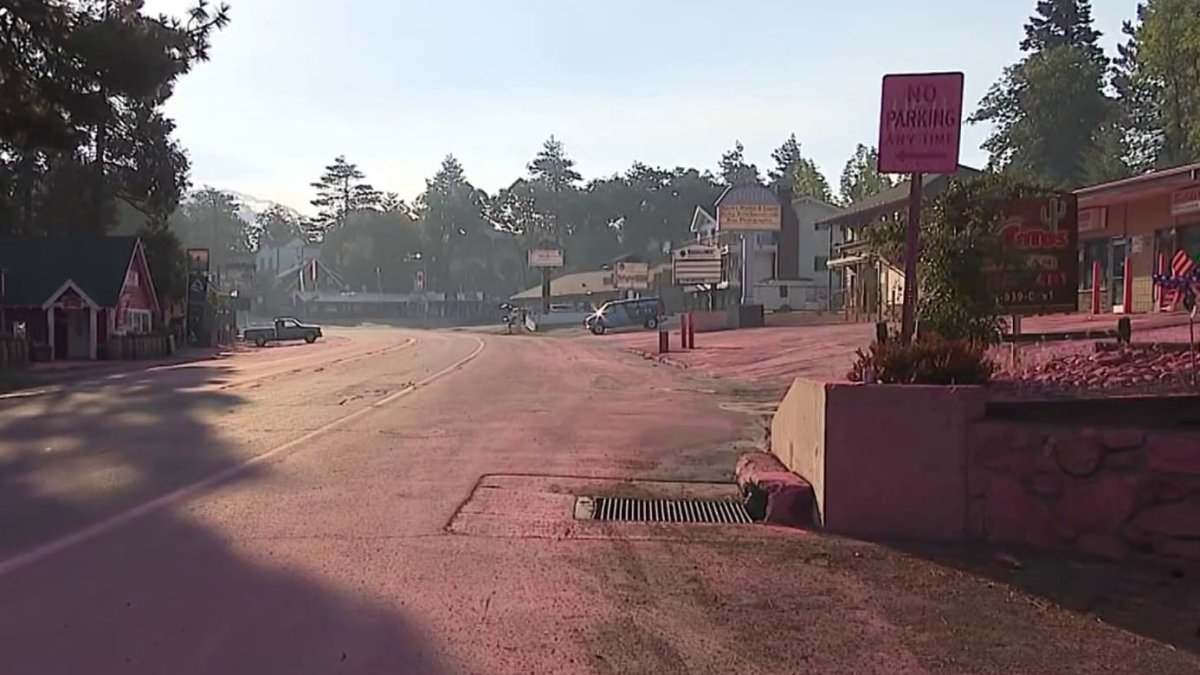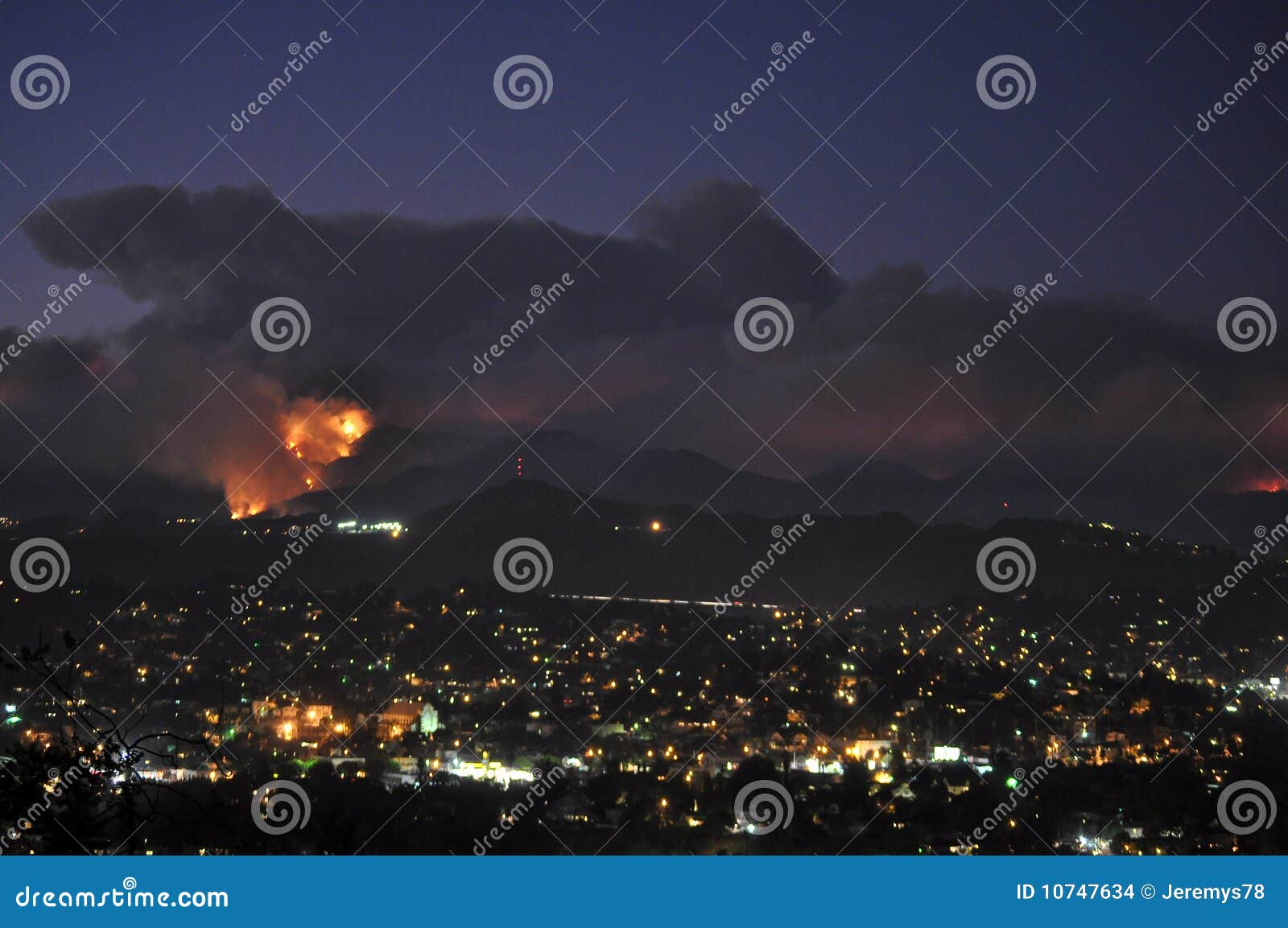
Introduction
The relentless flames of the Palisades and Eaton wildfires have cast a somber shadow over Los Angeles, engulfing thousands of acres and leaving behind a trail of destruction. These devastating blazes highlight the intricate interplay of human actions, environmental factors, and emergency response. This critical examination delves into the complexities of these wildfires, providing a comprehensive analysis of their origins, impacts, and implications.
Origins and Fueling Factors
The Palisades Fire ignited on May 13 in Pacific Palisades, fueled by parched vegetation and strong Santa Ana winds. The Eaton Fire, which started the following day in Pasadena, also found ample fuel in the drought-stricken brush and trees of Altadena and La Cañada Flintridge. Climate change has exacerbated California’s wildfire seasons, leading to drier conditions and increased fire frequency.
Impacts on Life and Infrastructure
The wildfires have had a devastating impact on life and infrastructure. Homes and businesses have been reduced to ashes, displacing thousands of residents. Critical infrastructure such as power lines and water systems have been damaged, causing widespread outages and disruptions. The fires have also taken a toll on air quality, releasing harmful pollutants into the atmosphere.
Emergency Response and Challenges
Thousands of firefighters, along with support personnel, have been tirelessly battling the blazes. However, the intense heat, steep terrain, and limited water sources have posed significant challenges. Aerial firefighting efforts have been hampered by thick smoke and turbulence. Additionally, the evacuation of residents has been a complex and time-consuming process, exacerbated by heavy traffic and road closures.
Perspectives and Controversies
The wildfires have sparked various perspectives and controversies. Some residents blame the city and utility companies for inadequate vegetation management and fire prevention measures. Others argue that residents bear some responsibility for building in fire-prone areas. The issue of climate change and its role in exacerbating wildfires has also come to the forefront.
Lessons Learned and Policy Implications
The Palisades and Eaton wildfires serve as a stark reminder of the urgent need to enhance wildfire preparedness and response. Lessons learned from these events should drive policy changes in areas such as vegetation management, building codes, evacuation planning, and emergency response coordination. Moreover, addressing the underlying causes of climate change remains crucial to mitigating the long-term risks of wildfires.
Conclusion
The Deadly Los Angeles Wildfires have laid bare the intricate complexities surrounding these devastating events. From their origins and fueling factors to their impacts on life and infrastructure, the blazes have brought to light the challenges faced by emergency responders and the need for comprehensive disaster preparedness. As we grapple with the aftermath of these wildfires, it is imperative to critically examine the lessons learned and explore innovative solutions to mitigate the risks and enhance resilience in the face of future fire threats.
References:

You may also like
-
Denise Richards Shares Harrowing Details Of Past Sexual Assault And The Importance Of Seeking Help
-
Former President Carter's Casket Arrives In Washington
-
Protect Your Health From LA Wildfire Smoke: Essential Tips For Staying Safe
-
Americans Bid Farewell To President Carter
-
Zachary Levi Demands Accountability From California Leaders Amidst Devastating Wildfires